Meta Description:
Learn the fundamental concepts of HTML and embark on your web
development journey. This beginner-friendly guide will walk you
through the essentials of HTML coding and help you lay a solid
foundation for building web pages.
Introduction:
Welcome to the exciting world of web development! In this beginner's
guide, we will delve into the basics of HTML (Hypertext Markup
Language) and equip you with the knowledge needed to create your first
web pages. Whether you're an aspiring web developer or simply curious
about how websites are built, this comprehensive tutorial will provide
a solid starting point. Let's dive in!
- Understanding the role of HTML in web development Read
- Exploring the structure and purpose of HTML elements Read
- Getting familiar with tags, attributes, and their significance Read
Section 2: Setting Up Your Development Environment
- Installing a text editor for HTML coding Read
- Organizing project files and folders Read
- Creating your first HTML file Read
Section 3: Basic HTML Structure
- Creating an HTML document using the doctype declaration Read
- Constructing the HTML boilerplate with the `html`, `head`, and `body` elements Read
- Including meta information and linking external stylesheets and scripts Read
Section 4: Working with HTML Elements
- Understanding different types of HTML elements: headings, paragraphs, lists, images, links, and more Read
- Applying attributes to enhance element behavior and appearance Read
- Nesting elements for proper hierarchy and structure Read
Section 5: Creating Forms
- Building user-friendly forms with HTML input elements Read
- Utilizing form validation and input types for data integrity Read
- Styling forms with CSS for improved aesthetics Read
Section 6: Adding Hyperlinks and Navigation
- Creating clickable links using the `a` element Read
- Implementing internal and external links Read
- Constructing navigation menus with HTML lists Read
Section 7: Enhancing Web Content with Images and Multimedia
- Inserting images and optimizing them for web display Read
- Embedding videos and audio using HTML5 tags Read
- Employing responsive techniques for media elements Read
Section 8: Structuring Content with HTML Semantics
- Understanding the importance of semantic HTML elements Read
- Utilizing elements such as `header`, `nav`, `main`, `section`, `article`, and `footer` Read
- Improving accessibility and search engine optimization through semantic markup Read
Section 9: HTML Best Practices and Optimization
- Following coding conventions for clean and maintainable HTML code Read
- Optimizing HTML for improved website performance Read
- Validating HTML code for compliance with W3C standards Read
Congratulations! You've taken your first steps into the world of web
development by mastering the basics of HTML. Armed with this
knowledge, you can now create and structure web pages with confidence.
Remember to practice regularly and explore additional resources to
further enhance your skills. Stay curious, keep learning, and enjoy
your exciting journey in web development!
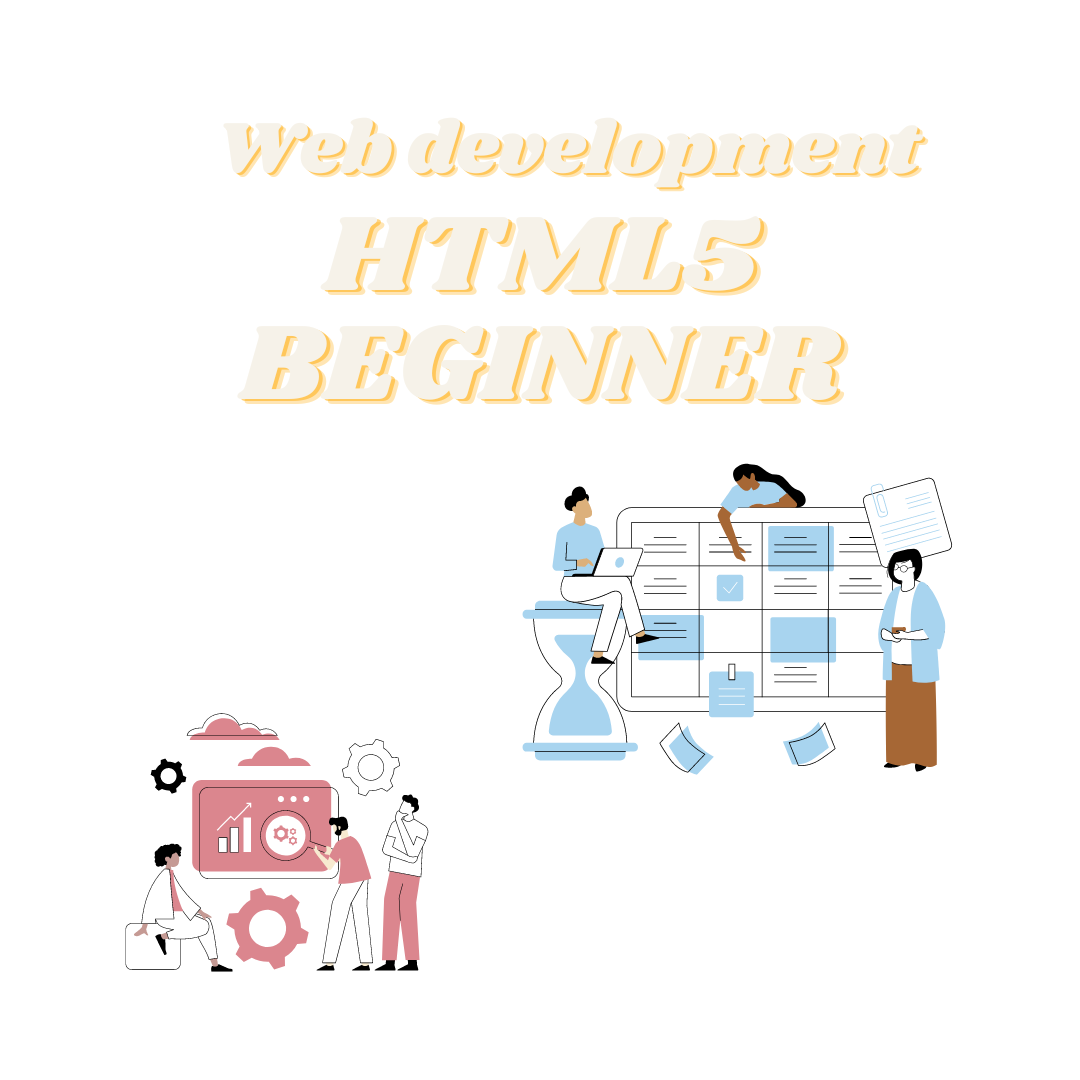
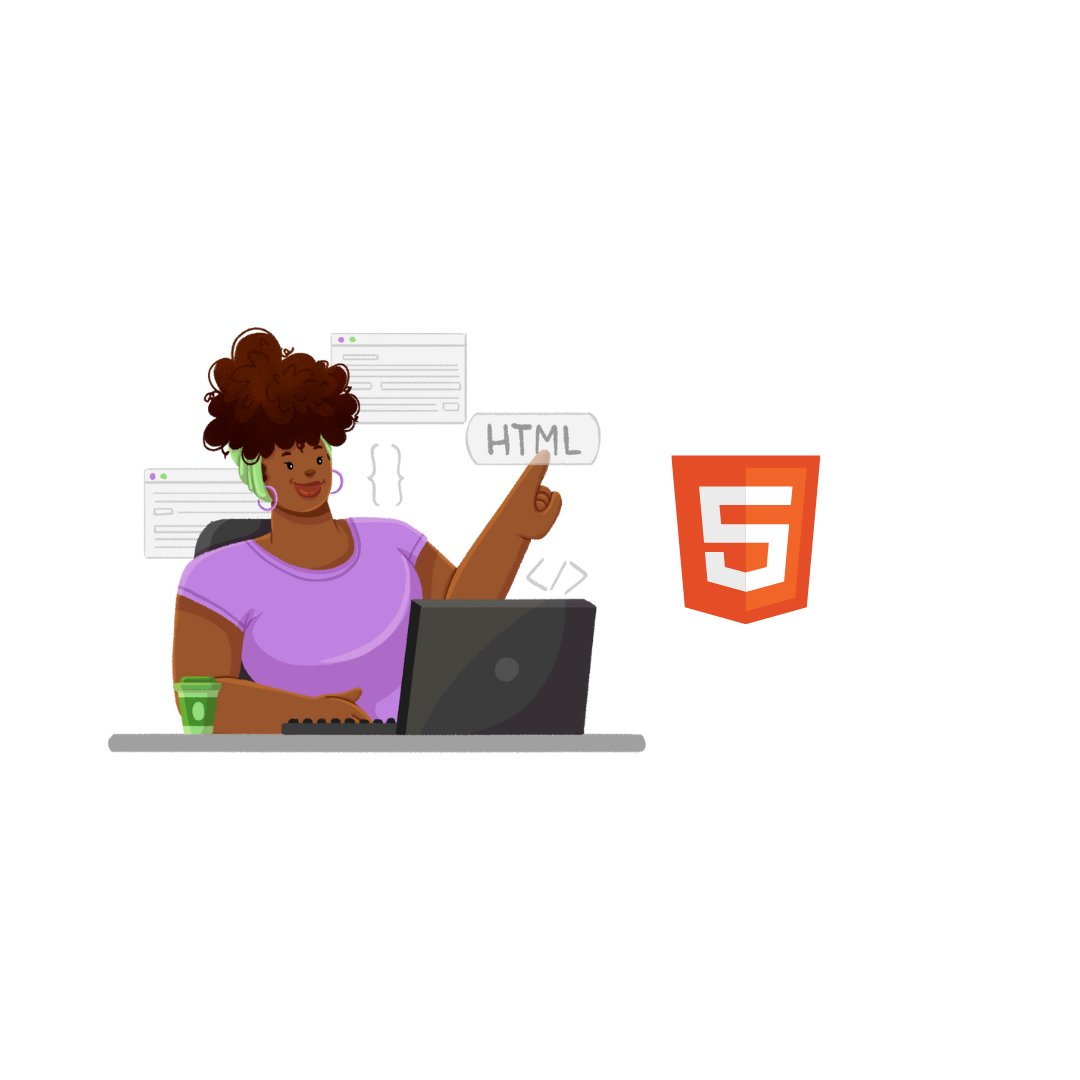
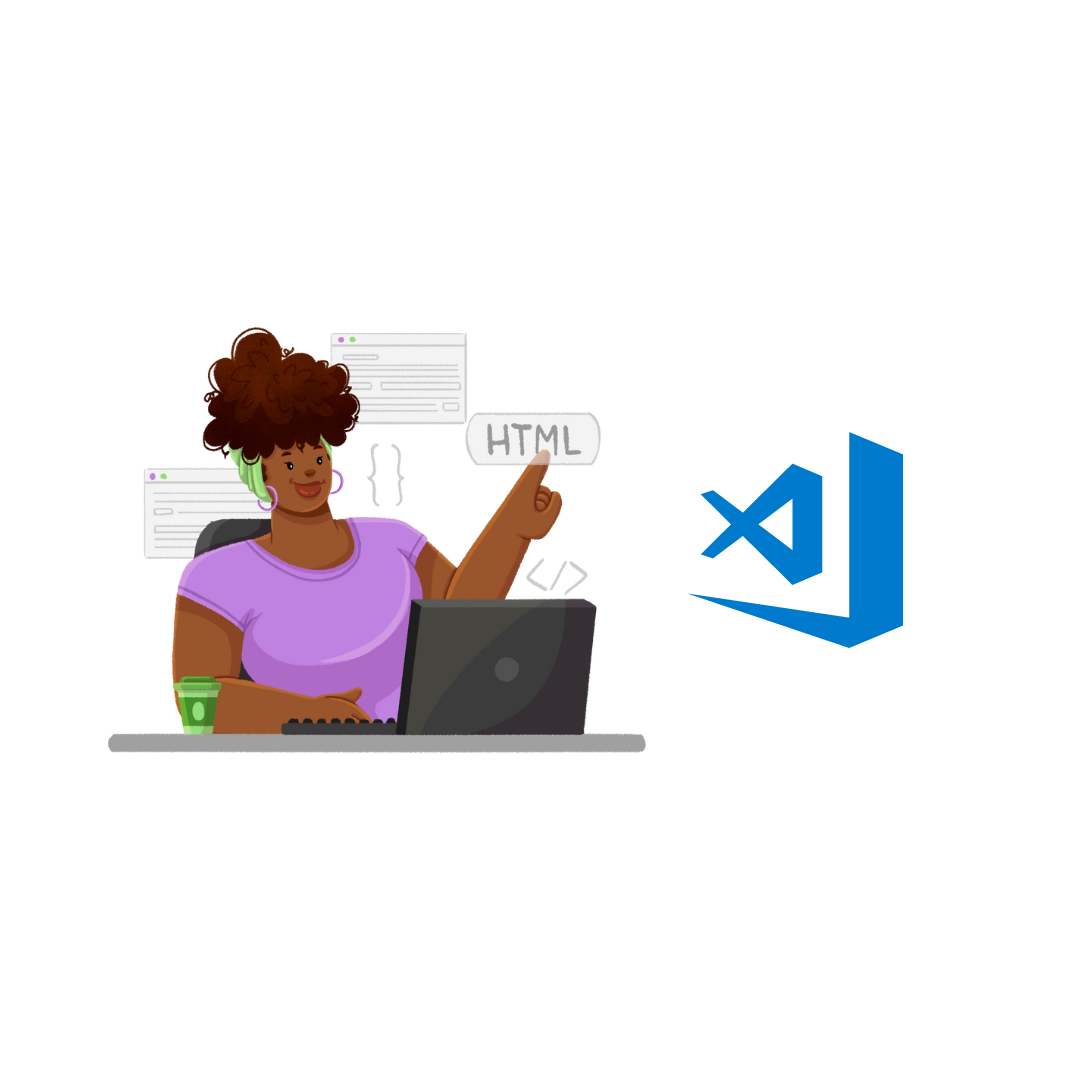

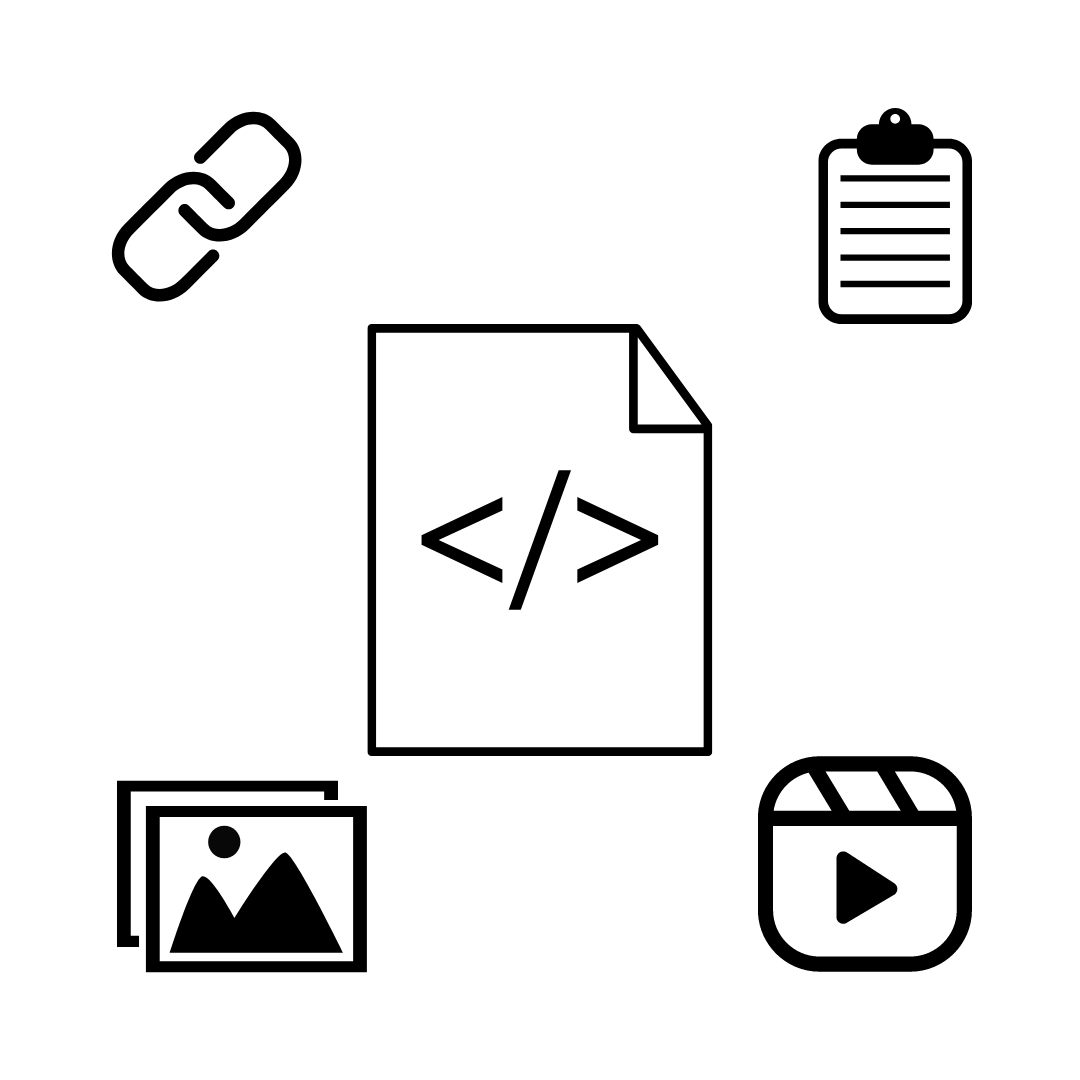
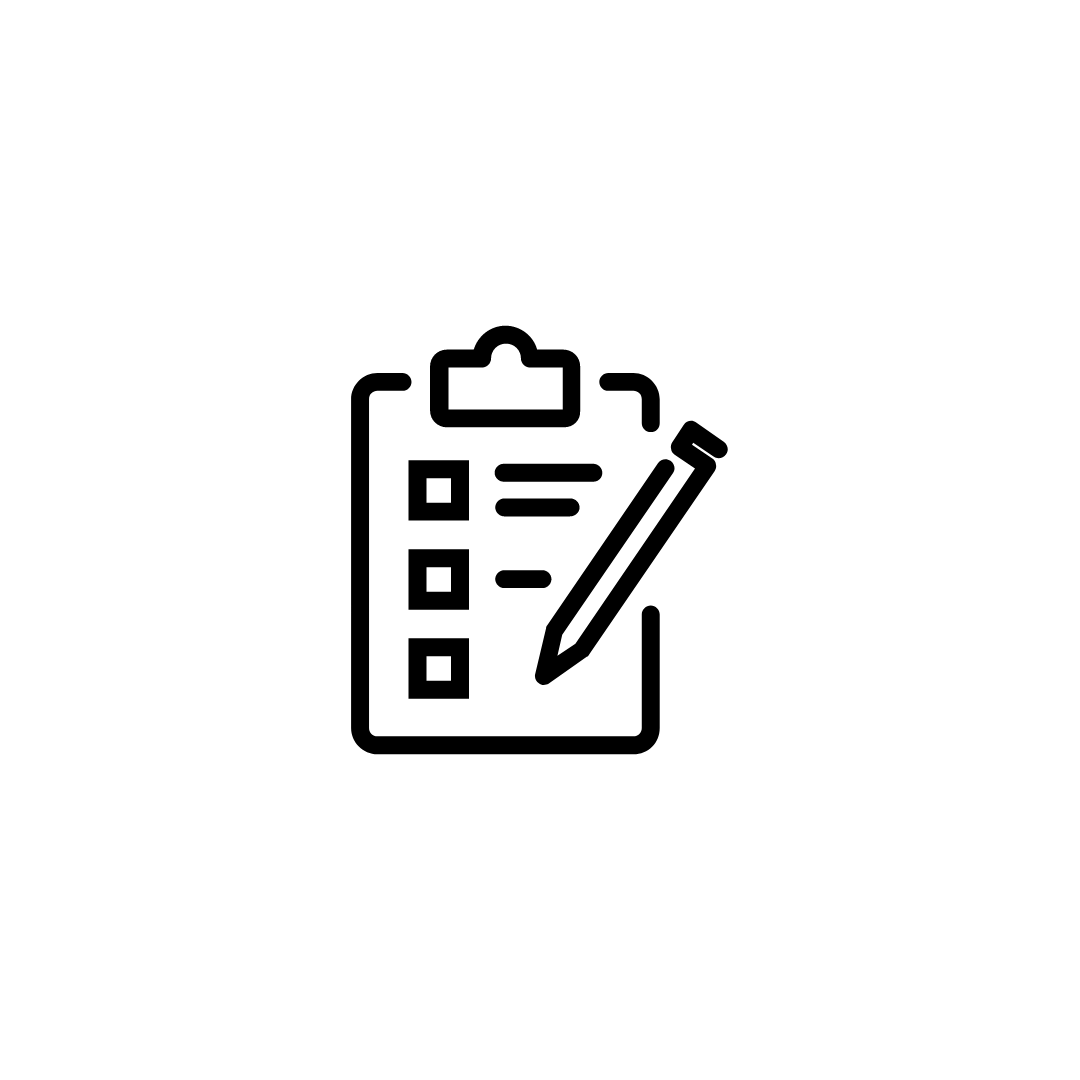


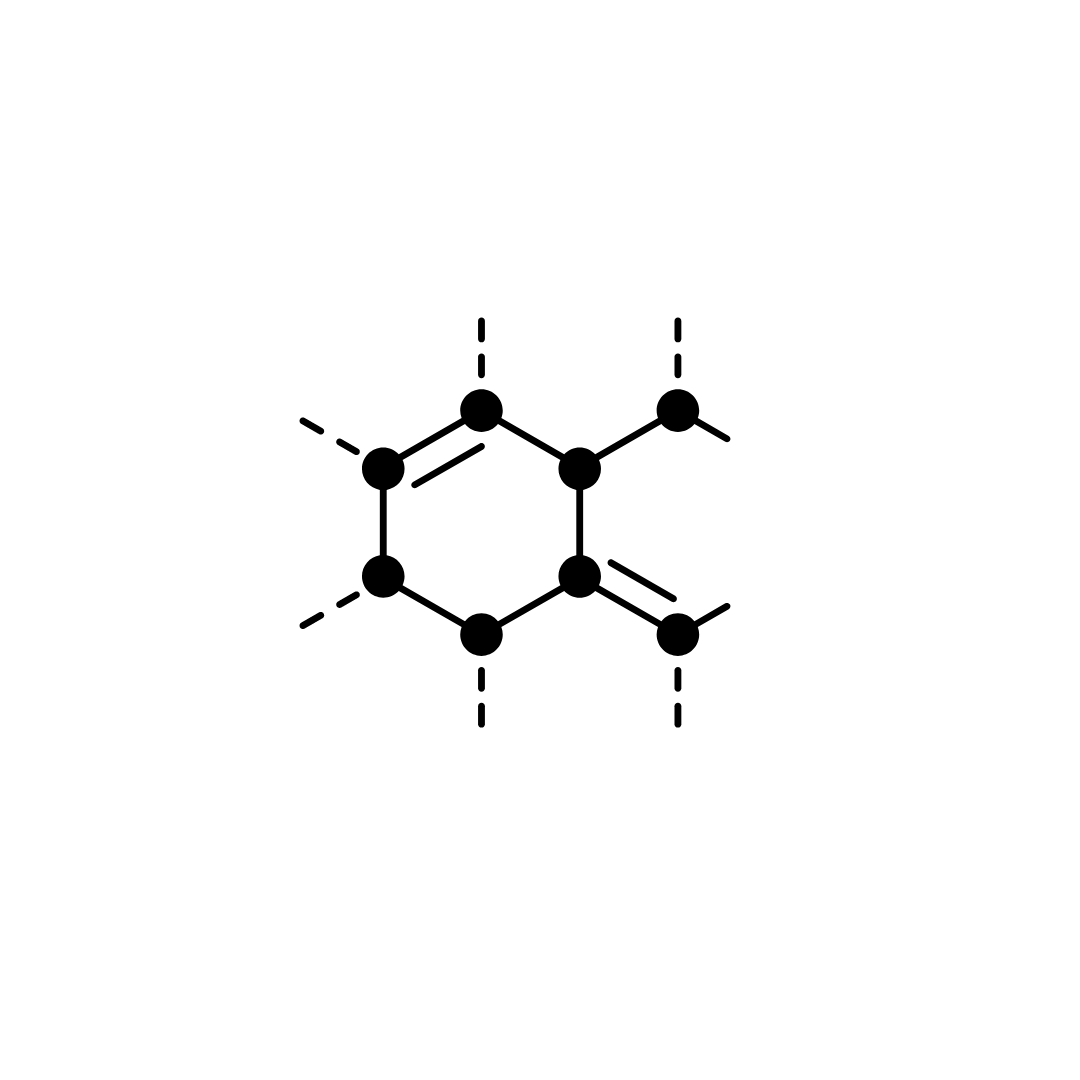

0 Comments